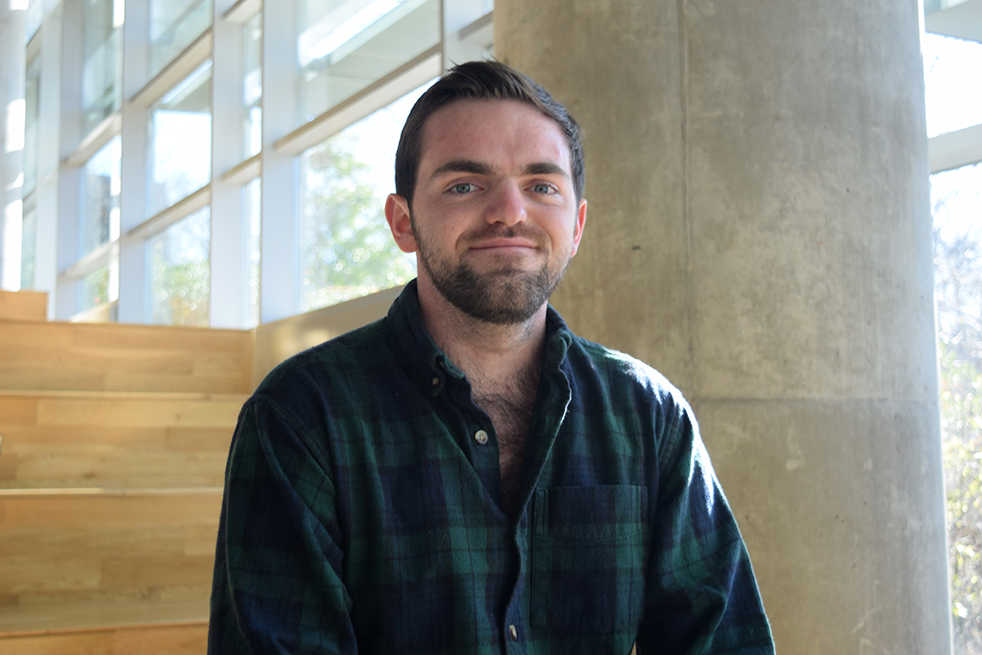As Donald Trump’s controversial Supreme Court nominee awaited the start of his confirmation hearings, a group of women stood by in protest. Their message was not loud, like those of the more disruptive dissidents around them; Nor was it written on a sign, like those that met the Senate Judiciary Committee as they walked to the chamber. Instead, the medium of their protest was clothing — stark red robes and featureless white bonnets.
Two years ago these women would be seen as nothing more than an anachronism, their outdated dress representing a poor fashion choice rather than a political statement. That was not the case as they filed into Washington D.C.’s Hart Building in mid-September. Their costumes were instantly associated with female subjugation, and it’s all thanks to the power of television.
TV shows have very quickly shifted from disconnected thirty-minute one-offs to longform narratives, conveniently split into bingeable hourlong segments. This new format, promoted by an explosion of digital streaming technology, brings several affordances that traditional television lacked. Stories have become more complex, viewers need less hand-holding between episodes and the censorship wrought by network/advertiser bureaucracy has largely been mitigated.
So how did this new television landscape contribute to bonnet-clad protesters in our capital?
In late 2016 Hulu began production of “The Handmaid’s Tale”, a television adaptation of the 1985 novel by Margaret Atwood. The idea was ambitious, expensive and controversial — the three biggest enemies of network television. Its timing was no coincidence either; feminism had fully penetrated the public consciousness and an impassioned effort to elect our first female president had just fallen flat.
In the show, a theonomy arises from the ashes of a near-future United States. This new government relies on the “Handmaids” — a select group of women immune to a worldwide infertility crisis — to maintain the population. These women are treated as property of the male elite and are forced to wear the now-iconic red robes and white hats.
A show of this scale — and with this level of narrative complexity — would have been impossible just a few years ago. But this revolution in television has provided fertile ground for unique narratives, and those that use their new affordances to play off of our cultural anxieties have found resounding success. “The Handmaid’s Tale” has become a cultural phenomenon. HBO’s Westworld, though also based on a novel, rose to prominence at the same time that issues of AI and sentience began creeping into the public consciousness. Netflix’s Black Mirror shows viewers the rotten truth of a world drunk on technology. All three of these non-network shows premiered to critical and commercial success.
These shows are no longer the exception; they are the rule. A quick glance at Netflix demonstrates countless socially charged programs, from lazy jabs at President Trump to revolutionary commentaries on America’s social landscape. Shows like “The Handmaid’s Tale” and “Black Mirror” get their power from building a world that is familiar enough to be relatable while foreign enough to engage us in social, cultural or political dialogues — whether we know it or not.
On another front, this year’s hyperpolitical Oscars and Emmys have shown us that Hollywood is fully committed to beating the dead horse of diversity. Throw this into the mix, and we are set to see an explosion of stories told and created by underrepresented populations on both the big and small screens.
America has seen a mass exodus of cable customers join services like Netflix and Hulu. These, along with long-standing paid networks like HBO and Showtime, are dictating the new paradigm of network-free TV that relies less on ads and more on engaging, creative content.
TV is changing, and our attitudes are changing with it. We are living through an explosion of media that will fully engage us, force us to think and challenge our beliefs. And the proof is already here, standing silently in red and white.
